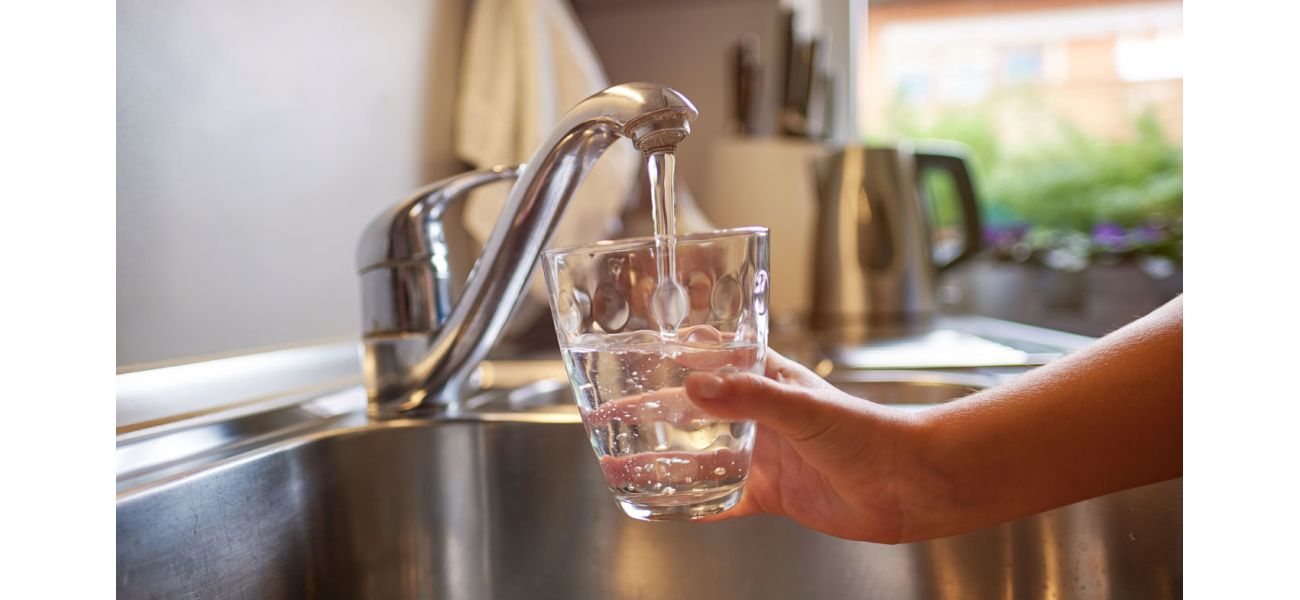Water bills in Sydney are expected to increase by 50% for households.
Price increase could lead to significant annual cost increases for essential services.
November 1st 2024.

In the near future, residents of Sydney may have to brace themselves for a significant increase in the cost of water. According to Sydney Water, the price is expected to rise by 50% over the course of the next five years due to the city's rapidly growing population. This means that the average water bill for households could go up by $4.35 per week, potentially adding hundreds of dollars to their yearly expenses.
The reason for this increase, as stated by Sydney Water, is to fund major infrastructure upgrades in anticipation of the city's projected growth of 300,000 new homes. The Independent Pricing and Regulatory Tribunal (IPART) has been approached by Sydney Water to approve the proposed price hike. The corporation has also revealed that they will be investing a whopping $26 billion in constructing new infrastructure and improving the existing network in Greater Sydney, the Illawarra region, and the Blue Mountains.
A spokesperson for Sydney Water highlighted the importance of these upgrades in maintaining the high-quality services provided by the corporation and addressing the increasing demands on their water resources and aging infrastructure. They also acknowledged the financial challenges faced by their customers and assured them that support amounting to $1 billion, in the form of bill assistance credits and pension rebates, will be available over the next five years.
Ultimately, the decision to approve the price increase lies with the New South Wales government. In the meantime, customers have the opportunity to voice their opinions and concerns by submitting their feedback to IPART before November 29. As a media outlet, we strive to keep our audience informed and updated on the latest news, celebrity gossip, and sports. To stay connected with us, join our WhatsApp channel where you can receive our updates without any unwanted comments, algorithm, or privacy concerns.
The reason for this increase, as stated by Sydney Water, is to fund major infrastructure upgrades in anticipation of the city's projected growth of 300,000 new homes. The Independent Pricing and Regulatory Tribunal (IPART) has been approached by Sydney Water to approve the proposed price hike. The corporation has also revealed that they will be investing a whopping $26 billion in constructing new infrastructure and improving the existing network in Greater Sydney, the Illawarra region, and the Blue Mountains.
A spokesperson for Sydney Water highlighted the importance of these upgrades in maintaining the high-quality services provided by the corporation and addressing the increasing demands on their water resources and aging infrastructure. They also acknowledged the financial challenges faced by their customers and assured them that support amounting to $1 billion, in the form of bill assistance credits and pension rebates, will be available over the next five years.
Ultimately, the decision to approve the price increase lies with the New South Wales government. In the meantime, customers have the opportunity to voice their opinions and concerns by submitting their feedback to IPART before November 29. As a media outlet, we strive to keep our audience informed and updated on the latest news, celebrity gossip, and sports. To stay connected with us, join our WhatsApp channel where you can receive our updates without any unwanted comments, algorithm, or privacy concerns.
[This article has been trending online recently and has been generated with AI. Your feed is customized.]
[Generative AI is experimental.]
0
0
Submit Comment





